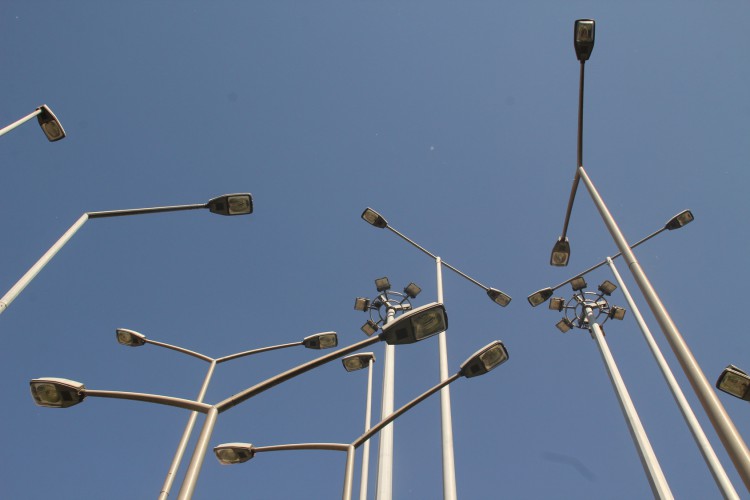Changes to OEB Cost Allocation Policy for Street Lighting

On June 12, 2015, the OEB issued a letter setting out a new policy for allocation of street lighting costs. The implication of the new policy is that the costs allocated to some street lighting customers will be significantly reduced (as will their rates). The policy change will primarily impact street lighting customers whose street lights have a high ratio of connections to the distribution system. Under the new policy, if street lights are generally connected individually or in small clusters of three or less to the distribution system, then the costs allocated will be reduced from the current approach. There will be little impact on street lighting customers where their street lights are connected in series, in a sort of "daisy-chain" configuration where there are many street lights per connection.
This new policy arises from the OEB's EB-2012-0383 review of cost allocation policy for unmetered loads. Within that initiative, the OEB identified a concern that costs are being over-allocated to those street lighting customers who have a connection ratio close to 1:1 (one device per connection). The OEB asked Navigant Consulting to investigate "the portion of utility assets required to serve various street lighting system configurations and related costs." The OEB also asked Navigant to provide recommendations to update the OEB's Cost Allocation Model, if changes were warranted.
Navigant's report has now been posted. Navigant's main finding is that many of a distributor's costs associated with street lighting are relatively similar regardless of the connection configuration. There is no basis for concluding that a distributor's costs associated with street lighting that is directly connected are substantially higher than the costs associated with street lighting that uses a "daisy-chain" type of configuration. Currently, the costs allocated to directly connected street lighting can be almost nine times higher than the costs allocated for street lighting that is attached in series (daisy-chain configuration). Navigant concludes that approach should be changed.
In its June 12th letter, the OEB set out a new policy that adopts Navigant's findings. The OEB's new policy for street lighting cost allocation will see a new "street lighting adjustment factor" implemented to allocate costs for the street lighting rate class. This approach will allocate the costs of a distributor's primary system assets to a street lighting customer based upon the contribution of the street lighting system to a distributor's peak demand. The costs of a distributor's secondary system assets will continue to be allocated to a street lighting customer based on the number of street light connections.
The OEB estimates that the change in cost allocation policy will have significant impacts on street lighting customers that have a low connection ratio. For those street lighting customers who have three or fewer street lights per connection, there will be a 50% to 70% decrease in allocated costs under the new approach. This will be offset by an increase in the costs allocated to other customer classes.
Presumably (although this is not quantified), the rate impact on benefitting street lighting customers will be significant. The rate impact on residential customers is expected to be less than 1% on a total bill impact basis.
The OEB's policy will be implemented through a distributor's next cost of service or Custom IR application. The OEB is currently updating its Cost Allocation Model to incorporate this new policy.

